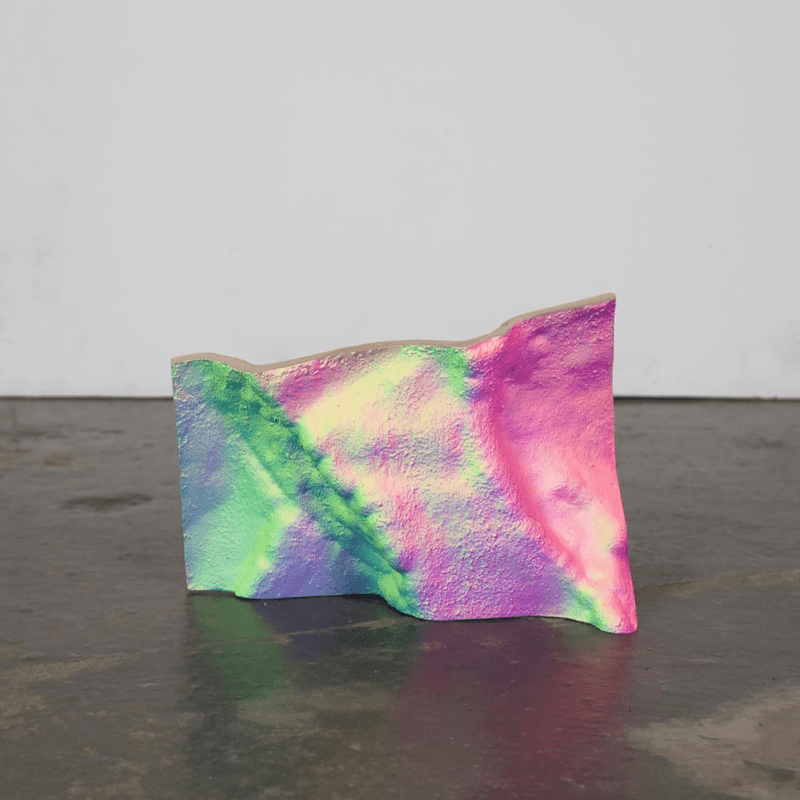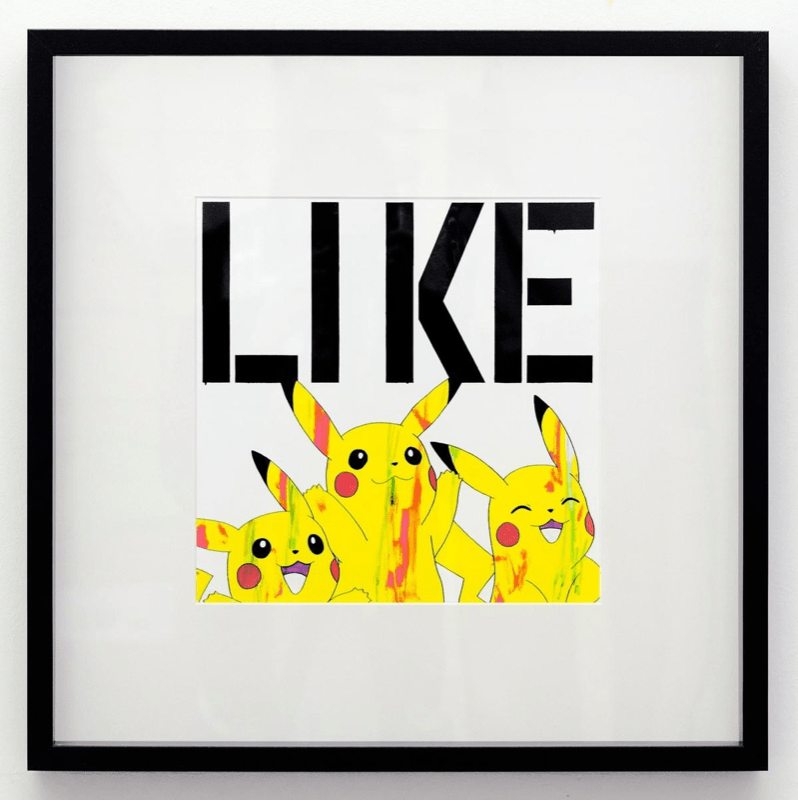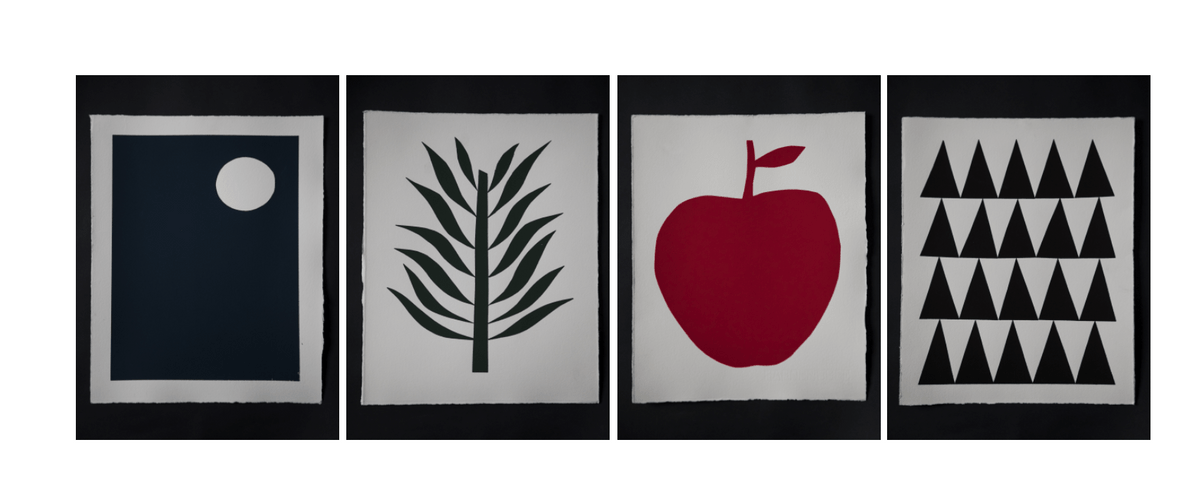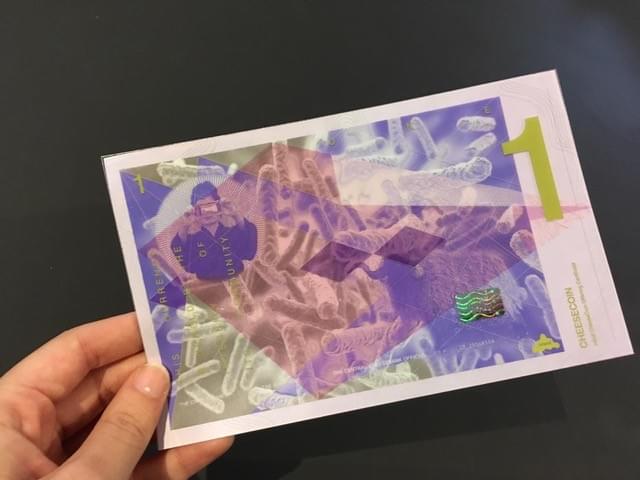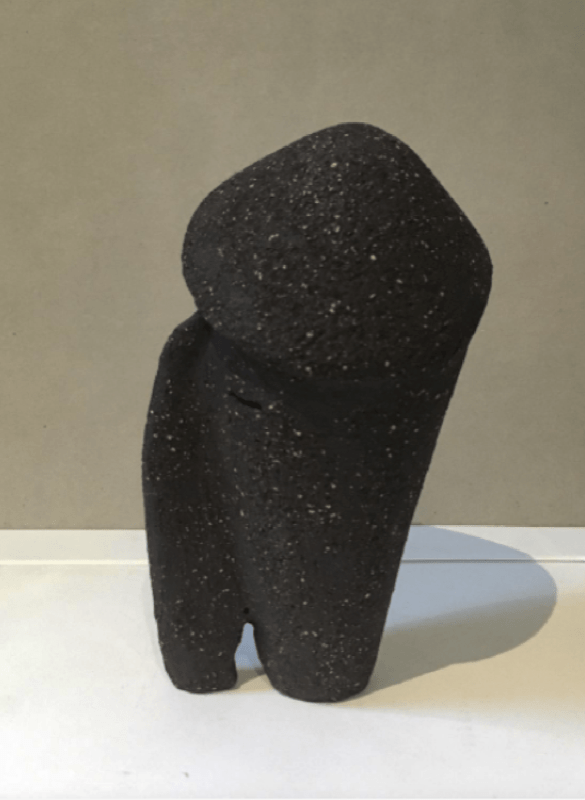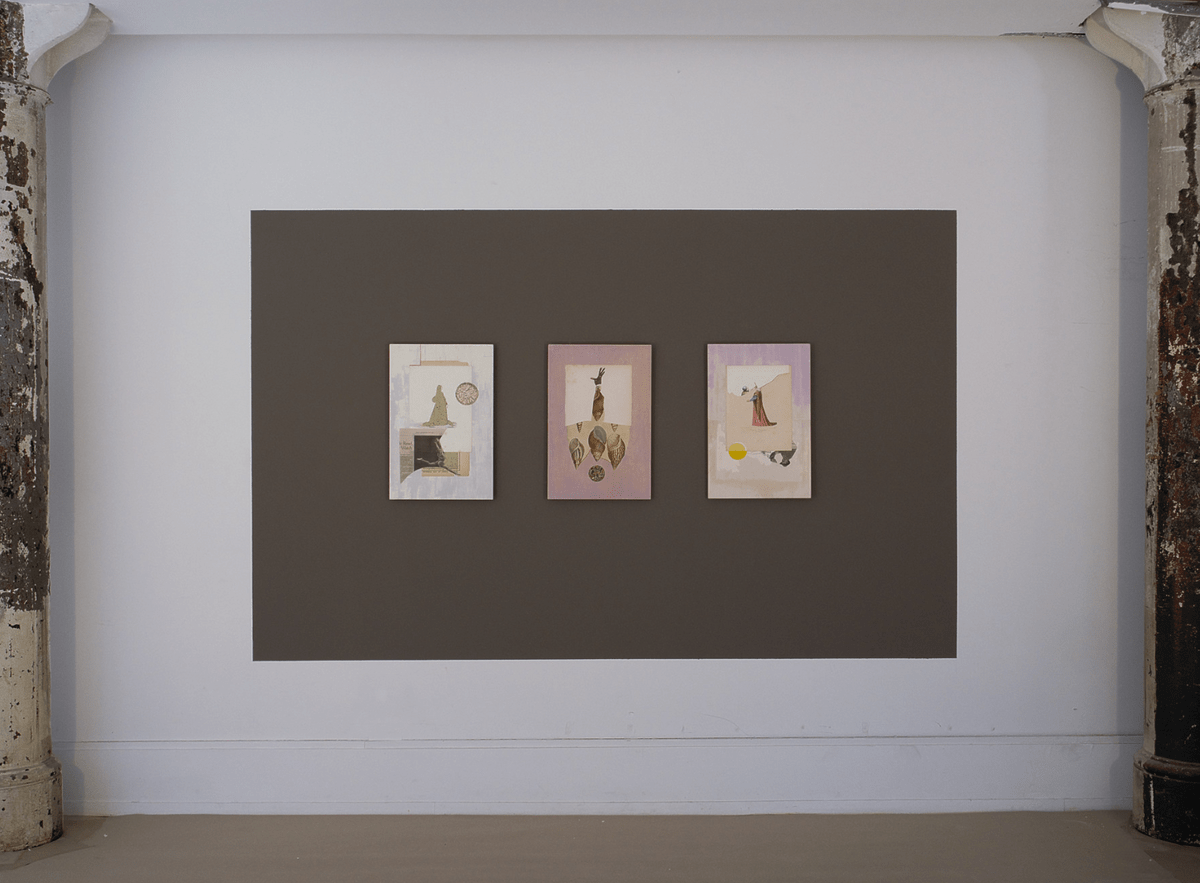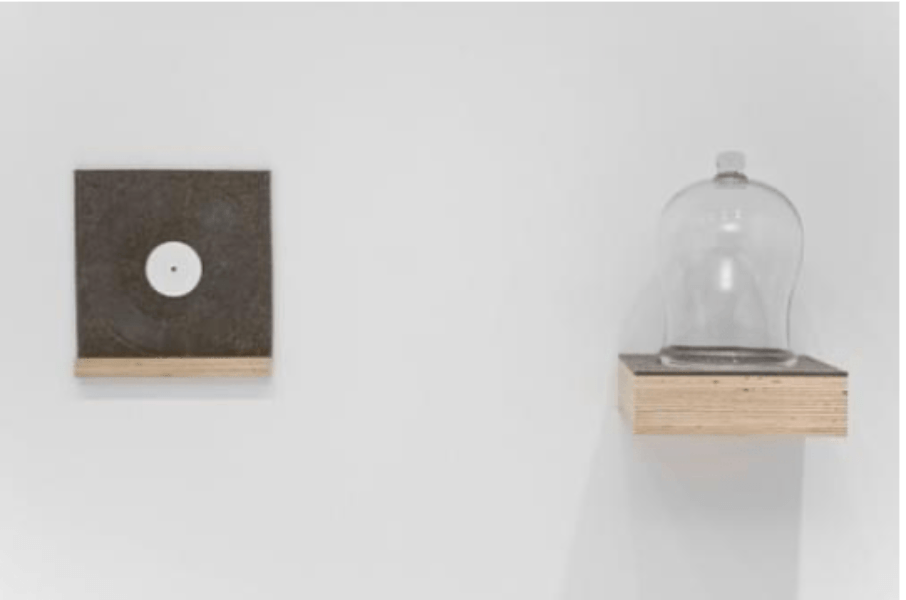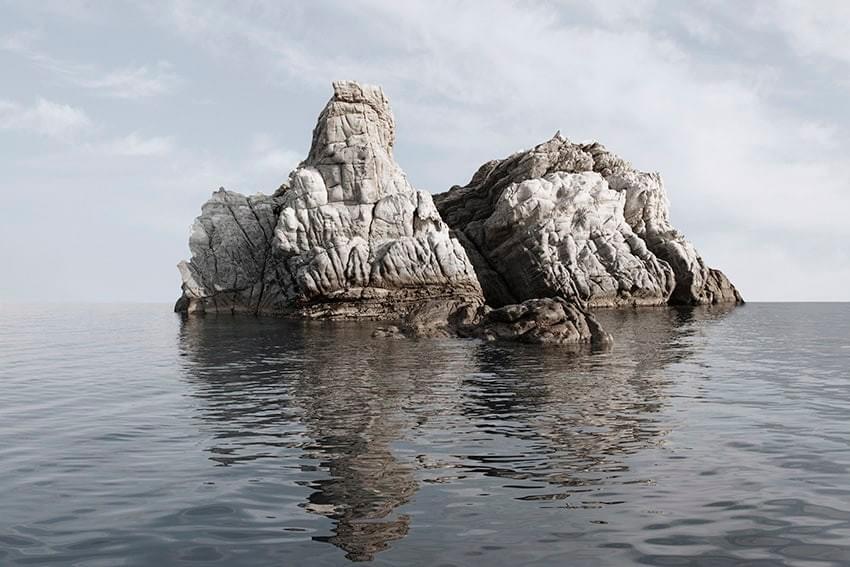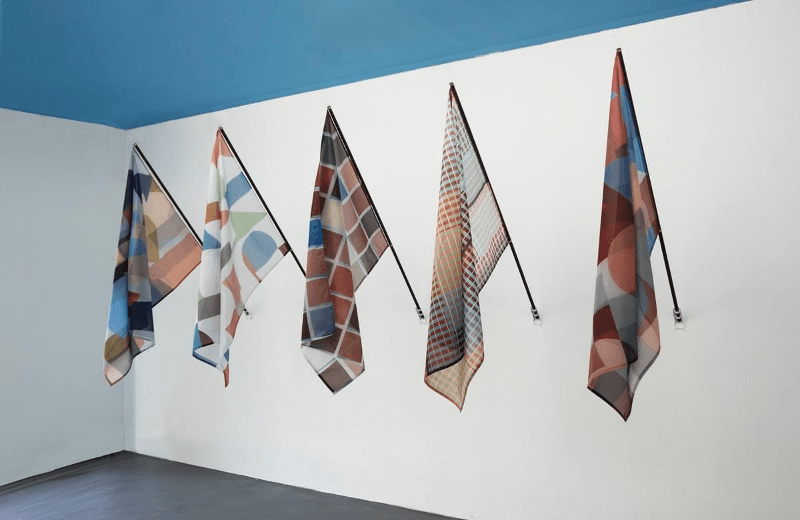
CURATED ARTISTS EDITIONS
STRAIGHT FROM THE STUDIO
In collaboration with artists, Unique Multiples commissions and curates exclusive museum-quality, limited edition artworks in photography, sculpture, works on paper, video, digital art and new media. On an ongoing basis, Unique Multiples introduces new editions by international artists that are available for sale online. Unique Multiples promotes these editions with new and diverse digital avenues of dissemination and with institutions, partner galleries, non-profits, curated exhibitions, international brick and mortar pop-ups and art fairs.
Unique Multiples online platform enables bourgeoning and established collectors alike to collect these unique artworks directly from the artist's studios from anywhere in the world, offering more competitive pricing and direct access to some of the best artists working today. All Unique Multiples editions are certified with Verisart on the blockchain, offering collectors and artists ironclad certificates of authenticity for their editions.
DARIA VON BERNER
THE LAST ILLUSION

“When you trade a piece of green paper with a picture on it, signed by a bureaucrat, for a piece of white paper with a picture on it, signed by an artist, you haven’t bought anything, since neither paper is worth anything. You have translated your investment and your faith from one universe of value to another….to put it simply: art and money are cultural fictions with no intrinsic value.” – Art Critic Dave Hickey
Unique Multiples is pleased to present The Last Illusion, a new sculptural edition made from one kilo of pure gold by Madrid-based conceptual artist Darya von Berner. This holographic, mixed media work features a cast sculpture of golden shit displayed within a custom holographic vitrine, which through its own visual alchemy renders the precious heavy metal into a hovering, ghostly apparition. Following in the tradition of ‘épater le bourgeois,’ or abject works of art such as Maurizio Cattelan’s America (2016), an 18-karat gold toilet, and Piero Manzoni’s seminal work Artist’s Shit (1961), The Last Illusion continues this line of inquiry, questioning how the value of art is derived, and juxtaposing the symbolic with the tangible, the abstract with the real.
Like currency, the commercial value of art is based on collective intentionality. By referencing ‘The Nixon shock,’ when the president of the United States unilaterally canceled the international convertibility of the US dollar to gold, The Last Illusion highlights this break with social convention and our collective belief in the intrinsic value of money.
The Last Illusion lays bare the fundamental tension between the tangible and the disembodied. By alluding to the abstract reality of currency and juxtaposing this with the very real value of Earth’s ecosystems, the artist leaves us to contemplate the nonpecuniary ecological processes that sustain natural abundance and life on earth as we know it.
MICHAEL STANIAK
HAND PAINTED BRONZE

Michael Staniak’s exhibition is a continuation of his investigation into the impacts social and digital media have on painting and image making. Specifically the works on show respond to research he undertook on residency at Fogo Island Arts, Fogo Island, Newfoundland, in 2018.
In this exhibition, Staniak reflects on his painting studies created while on residency at the Long Studio in Joe Batt’s Arm. There he experimented with new materials bound by the limits of isolation and also employed elements of the natural environment into his textures. As a result, the completely new series of IMG Fibre Paintings employ similar strategies of experimentation. The paintings could be considered not “works on paper” but his first “works with paper”, where paper fibres are the core element of his undulating and complex substrates. The digital, tromp l’oeil aesthetic of his well-known “casting compound paintings” are ever present in this series, all-the-while utilising materials found in nature to create his materials. This incorporation of nature in his studio developments has been a key component of his recent work after the Fogo Island residency.
This series of IMG Fibre Paintings evokes the essence of the Newfoundland landscape, as observed from drone footage Staniak has taken on Fogo Island. This view of the landscape can be observed in his terrain-like painted textures. Though seen through a lens unlike that of the natural eye, these highly mediated representations resemble the rock, ice and flora that characterises the almost “other-worldly” contours of the island and Newfoundland in general. These similar rock forms are also present in the series of OBJ_ bronze sculptures on display amongst the IMG Fibre Paintings. The forms present in these sculptures originate from online databases of 3D digital scans of cave walls. This not only eludes to the origins of painting and the social or shared cultural image, a subject core to Staniak’s research, but also continue his fascination with our natural environment through his uniquely “digital” aesthetic.
About the artist: Michael Staniak lives and works in Melbourne, Australia. He holds a Master of Fine Art from the Victorian College of the Arts, Melbourne. Recent exhibitions include: FEBRUARY 2019 / KITZBUHEL, Galerie Clemens Gunzer, Kitzbuhel, Austria; TRUE NATURE, Achenbach Hagemeier, Dusseldorf, GE; Double Vision, Steve Turner, Los Angeles, US; Fictions #2, Eduardo Secci Contemporary, Florence, IT; Vis-à-vis, Pearl Lam Galleries, Hong Kong, HK; Looking For U, Unit London, London, UK; GUIDANCE, STATION, Melbourne; _IMG, Contemporary Art Museum, St. Louis, US; Blue Times, Kunsthalle Wien, Vienna, Austria; and Permanent Display, Annarumma Gallery, Naples, IT.
MICHAEL PYBUS
"LIKE"

Michael Pybus is a British artist born in 1982 and living in London. Since 2011 Michael has had solo exhibitions in London, UK; Sydney, Australia; Singapore; New York, USA; Frankfurt, Germany; Stockholm, Sweden; Ghent, Belgium; LA and Mexico. He studied in London, UK, graduating with a Masters (MA) in Sculpture from Royal College of Art, following an Honors Degree (BA) in Fine Art from Goldsmiths College, 2004.
Michael's work is featured in major public collections including the Zabludowicz Collection and the Popov Collection and individual collections including those of Bill Arning, the Director of Contemporary Arts Museum Houston, collectors Nick Hyoun and Andrew Lee in Hong Kong and theprivate collection of Japanese artist Takashi Murakami, as well as other private collections in Belgium, Brazil, Germany, Sweden, Switzerland, the UK and the USA..
LIKE - the stenciled black letters on white canvases are a clear reference to Christopher Wool. Wool’s stencil works challenged an established sense of what art or painting is, Pybus is interested in the market success of these works and investigates this through his formal application, while Wool never painted the word ‘LIKE’ Mark Flood used it in a viral 2012 edition used to promote an exhibition at NADA Miami where it spoke to the spreading use of Facebook and the reductive communication therein.By producing an edition of the original painting, the artwork connects the dots between Wool, Flood, and Pybus with his signature: Pikachu.
Pikachu, in this work as throughout the exhibition, acts like a ‘sticker’ and viral agent addressing the divisive marketing behind Pokemon, the yellow star character which has an inherent associative nature with sun, happiness, energy and encouragement, driving an emotive consumer-character relationship, enhanced through the TV series, games and collectables and aimed at the malleable minds of youth, aiding a long-term investment between consumers and the brand.
Pybus's practice scrutinises the ‘artist as brand’ comparing notions of accessibility to art and brand products on both conceptual and practical levels. By utilising recognisable brands, Pybus taps into the collective consciousness.INLAND 10TH ANNIVERSARY
LIMITED EDITION WITH
ANTONIO BALLESTER MORENO | PEDRO REYES |
HITO STEYERL

Antonio Ballester Moreno "An inland stroll" 2019,
4 silkscreened works on 100% cotton paper,
35 x 45 cm each
Antonio Ballester, one of the most renowned Spanish artists of his generation, rethinks his work in relation to the landscape and craftsmanship. After being invited to produce a project for inland in 2011, in residence in the village of Vallehermoso, on the island of La Gomera, he continues his collaboration with this series of synthesized forms from nature which he articulated in his proposal for the São Paulo Biennial 2018, amongst other exhibitions.

Hito Steyerl "Initial Cheesecoin Offering Certificate” 2019,
UV printing on plastic acetate, 17 x 11 cm
For the past three years Hito Steyerl has been collaborating with inland in different ways. Amongst them is thinking about a possible system of cryptocurrency, based on the standard annual production value of inland’s cheese, about 500 kg per year. A kilo of cheese is equivalent to one cheesecoin or half a day's work in the village that inland is rebuilding. The motto chosen for this initial offering of the cheesecoin certificate is: "this currency is upheld by the integrity of its community”.

Pedro Reyes "Portrait of Ivan Illich" 2018, fired terracotta, 20 x 10 x 11 cm
This figure of radical thinker and pedagogue Ivan Illich, who developed his work mainly in the 60s until the 80s in Cuernavaca, Mexico, is a source of inspiration for both inland and Pedro Reyes. An interpretation of his effigy, in the style of the artist's best-known sculptures, is thought of as an object of power scaled to fit within the grasp of a fist.
CHRISTINE DAVIS
LOST IN THE ARCHIVE

Lost in the Archive: Constructions, 2020
Wood panel, gesso, gouache, paper, glue, pencil and renaissance wax
In these photomontages, Christine Davis explores the chaos and combustion of paper remnants from her print archive. Quarantined in NYC while recovering from CoVid-19, she worked in a halted construction site, tethered to the outside world only by the daily arrival of the New York Times. Influenced by the practice of Hannah Höch she punctuates the work with newspaper clippings of current public figures to capture the uncanny sense of unfolding history and time standing still. This new series by Christine Davis were created in during the Covid-19 quarantine in New York City. 10% of the sales price will be donated by the artist and Unique Multiples to the NAACP Legal Defense Fund.
CHARLES STANKIEVECH
HORROR VACUI SOUND SERIES

Horror Vacui (The Velvet Underground After Hours)
Sound Installation
Vintage Laboratory Vacuum Bell Jar (Dimensions variable)
Embroidered Felt Dust Jacket (AH), 33 x 33 cm
One of a Kind 12” Clear Vinyl Record
Unique Work in a series of three
2008Horror Vacui is an experimental sound installation created by Canadian conceptual artist Charles Stankievech. This is a unique series of works that counterpoints the transparency of sight with the density of sound. Using the American composer Alvin Lucier's compositional technique of reiterative recording, turn-of-the-century vacuum bell jars become the instruments to create micro-soundscapes.
The sources for what could be called "sound experiments" lie in a variety of 1960's and 70's pop songs by The Beach Boys, The Velvet Underground & David Bowie, played repeatedly inside the glass bell jars until the clarity of the music transpose into resonant harmonics expressing the particularity of each piece of laboratory glass. Slowly, the container shifts into the contained.
In turn, each experiment is cut as a clear 12" vinyl record (there is no edition, each record is a unique object). A hand-sewn and embroidered felt dust jacket houses each disc, creating a series of paired artifacts: bell jars and records. Together they present: the object that sculpted the sound and the sound transcribed into an object.
JOHN MONTEITH

Limited Edition Print Series
2020
Pigment print on German Etching Paper
29" x 22" with border
Edition of 20While prioritizing a practice that considers conceptual, material and aesthetic concerns equally, Monteith consistently works across mediums, pushing and expanding rigid disciplinary boundaries whether through photography, painting, drawing, weaving, or curation and collaborative initiatives. Informed by cities that bear a diverse history of the built form in their articulation of spatial dynamics and representational politics Monteith’s practice draws on issues of identity, memory and history.
John Monteith (b. Canada) graduated with a Masters in Fine Art from Parsons, the New School for Design (2008) and his BFA from the Ontario College of Art and Design (1997). He has exhibited internationally including exhibitions at the 7th Beijing Biennale, the Tate Modern, London, The Schinkel Pavilion, Berlin, X Initiative, New York, the DUMBO Art Center, New York, Sàn Art, Ho Chi Minh City, Vietnam. Monteith has held residencies at CAT Cologne, Germany (2011), Kunsthalle Roveredo, Switzerland (2014) and in fall 2018 he will be the resident artist at I Project Space, Beijing.
Reviews and essays dedicated to his work have been included in Art in America, (print and online), Charley, C Magazine, October 135, The Huffington Post, K-48, Petit Mort: Recollections of a Queer Public, The New Yorker, www.disorientations.com, and others.
Monteith has been awarded grants from The Canada Council for the Arts, The Ontario Arts Council, and The Toronto Arts Council. Represented by Division Gallery in Canada and Galerie Wenger in Switzerland he currently lives and works in Toronto where he is a faculty member of the University of Toronto, John H. Daniels Faculty of Architecture, Landscape and Design.
CHRISTINA DIMITRIADIS
ISLAND HOPING Christina Dimitriadis, Island Hoping #1, 2018,Inkjet print, 60 x 90 cm, Edition 1/5
Christina Dimitriadis, Island Hoping #1, 2018,Inkjet print, 60 x 90 cm, Edition 1/5lsland Hoping – an optimistic wordplay on the notion of island hopping – explores images and myths of the Mediterranean, a geographical entity, but above all an imagined reality, in which the appreciation of beauty and a collective spirit are deeply ingrained. The Mediterranean is sometimes described as a cultural space, but in fact its historical and political reality has always been more complex. In these meticulously structured photographs, islands and rock formations emerge from the sea in an indeterminate landscape. Due to their morphology and ruggedness, the rocky shores of the Aegean islands evoke ambiguous emotions that lie between optimism, hope, and uncertainty. Christina Dimitriadis’s aesthetic approach transforms the landscape from hospitable to barren. The starting point for the series was a black-and-white photograph of Helgoland, an island in the North Sea with a distinctive political and geographical history. It is also the birthplace, on the maternal side, of Dimitriadis' family and the beginning of a continuous biography of migration. Past and future, individual and collective flow together, making Island Hoping a hybrid of North and South.
Christina Dimitriadis notes, ‘Through these small, rocky islands, I sought to focus on a distinctive landscape, which mostly goes unnoticed. These photographs compose a different kind of ‘map’ of Greece, a second reading of the country, questioning commonplace, stereotypical imaging.’Curator, Denys Zacharopoulos remarks "This project casts a penetrating gaze on limits as moving, variable focal points, as borders, or walls, both threatening and sheltering at the same time. In this photographic series featuring islets of the Aegean, devoid of human presence, the human element is suggested by the limit, whether visible or not, which pops up between us in the form of either a desert or inhabited space. Each rocky island in the series Island Hoping is a placeless place and, as such, it may be a stop on the journey; it may also be the final destination." Unique Multiples is very pleased to be offering nine editions from this series.
JOHN MONTEITH
"KINDRED SPIRITS"

“Kindred Spirits” is an edition of flags based on a series of abstract drawings created in response to the architecture of various relational sites of queer social exchange that make up the urban environment. Skyscrapers and skylines, towers and buildings, zones, paths, parks, highways and roadways, are recast in a series of overlapping, repeating, reformulated geometries, systems of exchange articulated through the reverberation of form. These works were produced in conversation with cities that bear a diverse history of both queerness and the built form including Berlin, Toronto, New York, Beijing, Pyongyang, Halifax, Kyoto, Ho Chi Minh City, Hanoi, Havana, and Taipei, in their articulation of the representational politics of space. 1
As an edition of flags Monteith uses abstract traditions to reference cultural and non-binary gender diversity present within the urban environment. In their assembly as a group, these flags work together in a symbolic union refuting the essentializing and exclusionary politics, and reified iconography represented by a singular banner. In utilizing abstraction, these flags resist the visual taxonomy through which people are recognized and regulated, while referring to a non-binary communal spirit, signifying an open space of meeting, tolerance, participation, and community building in an un-foreclosed, open manner.
This edition was commissioned by and produced exclusively for Unique Multiples, one of the first contemporary online art platforms to utilise blockchain technology for the authentication and verification of editioned art works in traditional media. Kindred Spirits was conceived of by Monteith as being connected to an open and democratic debate and a new utopian vision for the future of these technologies, and as embracing one of the core fundamentals of blockchain technology, a challenge to the traditional authority of capital and the fundamental way that we structure society.
John Monteith (b. Canada) graduated with a Masters in Fine Art from Parsons, the New School for Design (2008) and his BFA from the Ontario College of Art and Design (1997). He has exhibited internationally including exhibitions at the 7th Beijing Biennale, the Tate Modern, London, The Schinkel Pavilion, Berlin, X Initiative, New York, the DUMBO Art Center, New York, Sàn Art, Ho Chi Minh City, Vietnam. Monteith has held residencies at CAT Cologne, Germany (2011), Kunsthalle Roveredo, Switzerland (2014) and in fall 2018 he will be the resident artist at I Project Space, Beijing.
Reviews and essays dedicated to his work have been included in Art in America, (print and online), Charley, C Magazine, October 135, The Huffington Post, K-48, Petit Mort: Recollections of a Queer Public, The New Yorker, www.disorientations.com, and others.
Monteith has been awarded grants from The Canada Council for the Arts, The Ontario Arts Council, and The Toronto Arts Council. Represented by Division Gallery in Canada and Galerie Wenger in Switzerland he currently lives and works in Toronto where he is a faculty member of the University of Toronto, John H. Daniels Faculty of Architecture, Landscape and Design.
Footnotes:
Jayne Wilkinson, on John Monteith’s “Resonances,” exhibition text, Division Gallery, Toronto, April 2018
EDITIONS SHOP
AllNEW MEDIAPRINTSSCULPTUREPHOTOGRAPHYUNIQUE





INLAND 10th Anniversary Limited Edition
$2,500.00Antonio Ballester Moreno "An inland stroll" 2019, silkscreen on 100% cotton paper, 35 x 45 cm
**BOXED SET INCLUDES
Pedro Reyes "Portrait of Ivan Illich" 2018, fired terracotta
Hito Steyerl "Initial Cheesecoin Offering Certificate”2019, UV printing on plastic acetate, 17 x 11 cmQuantityComing soon




INLAND 10th Anniversary Limited Edition
$2,500.00Pedro Reyes "Portrait of Ivan Illich" 2018, fired terracotta
*BOXED SET INCLUDES
Antonio Ballester Moreno "An inland stroll" 2019, silkscreen on 100% cotton paper, 35 x 45 cm
Hito Steyerl "Initial Cheesecoin Offering Certificate”2019, UV printing on plastic acetate, 17 x 11 cmQuantityComing soon



INLAND 10th Anniversary Limited Edition
$2,500.00Hito Steyerl "Initial Cheesecoin Offering Certificate”2019, UV printing on plastic acetate, 17 x 11 cm
*BOXED SET INCLUDES
Antonio Ballester Moreno "An inland stroll" 2019, silkscreen on 100% cotton paper, 35 x 45 cm
Pedro Reyes "Portrait of Ivan Illich" 2018, fired terracotta, 20 x 10 x 11 cmQuantityComing soon

John Monteith, "At Night All Cats Are Grey"
$400.00"At Night All Cats Are Grey"
2020
Pigment print on German Etching Paper
29" x 22" with border
Edition of 20QuantityComing soon

John Monteith "Ihoan"
$400.00"Ihoan" 2020
Pigment print on German Etching Paper
29" x 22" with border
Edition of 20QuantityComing soon

John Monteith "Southbank #1"
$400.00"Southbank #1" 2020
Pigment print on German Etching Paper
29" x 22" with border
Edition of 20QuantityComing soon

John Monteith "Brasilia #5"
$400.00"Brasilia #5" 2020
Pigment print on German Etching Paper
29" x 22" with border
Edition of 20QuantityComing soon

Blair Chivers Believe
$450.00Blair Chivers, Believe, 2020, Believe, 2020
Acrylic, polymer, mirror on wood panel
30" x 30"
**Shipping Included in priceQuantityComing soon





ISLAND HOPING, Artist Book by Christina Dimitriadis Published by META /BOOKS
$40.00ISLAND HOPING presents Christina Dimitriadis new photographic project. Island Hoping – an optimistic wordplay on the notion of island hopping – explores images and myths of the Mediterranean, a geographical entity, but above all an imagined reality, in which the appreciation of beauty and a collective spirit are deeply ingrained. The Mediterranean is sometimes described as a cultural space, but in fact its historical and political reality has always been more complex.
TEXTS: Denys Zacharopoulos, Övul Durmusoglu, Kimberly Bradley
PUBLISHER: Meta Books
96 pages, 19x25 cm, four-color processQuantityComing soon


Christine Davis "Lost in the Archive: Construction 1"
$5,500.00Lost in the Archive: Construction 1, 2020
Wood panel, gesso, gouache, paper, glue, pencil and renaissance wax
14 × 22 1/2 × 3 2/5 in
35.6 × 57.2 × 8.6 cmQuantityComing soon

Christine Davis "Lost in the Archive: Construction 2, 2020"
$5,500.00Lost in the Archive: Construction 2, 2020
Wood panel, gesso, gouache, paper, glue, pencil and renaissance wax
14 × 22 1/2 × 3/4 in
35.6 × 57.2 × 1.9 cmQuantityComing soon


Christine Davis "Lost in the Archive: Construction 3, 2020"
$5,500.00Lost in the Archive: Construction 3, 2020
Wood panel, gesso, gouache, paper, glue, pencil and renaissance wax
14 × 22 1/2 × 3/4 in
35.6 × 57.2 × 1.9 cmQuantityComing soon


Christine Davis "Lost in the Archive: Construction 4, 2020"
$5,500.00Lost in the Archive: Construction 4, 2020
Wood panel, gesso, gouache, paper, glue, pencil and renaissance wax
14 × 22 1/2 × 3/4 in
35.6 × 57.2 × 1.9 cmQuantityComing soon


Christine Davis "Lost in the Archive: Construction 5, 2020"
$5,500.00Lost in the Archive: Construction 5, 2020
Wood panel, gesso, gouache, paper, glue, pencil and renaissance wax
14 × 22 1/2 × 3/4 in
35.6 × 57.2 × 1.9 cmQuantityComing soon


Christine Davis "Lost in the Archive: Construction 6, 2020"
$5,500.00Lost in the Archive: Construction 6, 2020
Wood panel, gesso, gouache, paper, glue, pencil and renaissance wax
14 × 22 1/2 × 3/4 in
35.6 × 57.2 × 1.9 cmQuantityComing soon


Christine Davis "Lost in the Archive: Construction 7, 2020"
$5,500.00Lost in the Archive: Construction 7, 2020
Wood panel, gesso, gouache, paper, glue, pencil and renaissance wax
14 × 22 1/2 × 3/4 in
35.6 × 57.2 × 1.9 cmQuantityComing soon


Christine Davis "Lost in the Archive: Construction 8, 2020"
$5,500.00Lost in the Archive: Construction 8, 2020
Wood panel, gesso, gouache, paper, glue, pencil and renaissance wax
14 × 22 1/2 × 3/4 in
35.6 × 57.2 × 1.9 cmQuantityComing soon


Christine Davis "Lost in the Archive: Construction 9, 2020"
$5,500.00Lost in the Archive: Construction 9, 2020
WWood panel, gesso, gouache, paper, glue, pencil and renaissance wax
14 × 22 1/2 × 3/4 in
35.6 × 57.2 × 1.9 cmQuantityComing soon


Micheal Staniak Unique Bronze Edition
$5,500.00OBJ_080, 2019, Bronze and acrylic,
30 x 19 x 15cm (12 x 7.5 x 6 inches),
Uniquely hand colored edition 5 of 5QuantityComing soon



Michael Staniak Unique Bronze Edition
$5,500.00OBJ_080, 2019, Bronze and acrylic,
30 x 19 x 15cm (12 x 7.5 x 6 inches),
Uniquely hand colored edition 4 of 5QuantityComing soonLoad More
UNIQUEMULTIPLES © 2018


